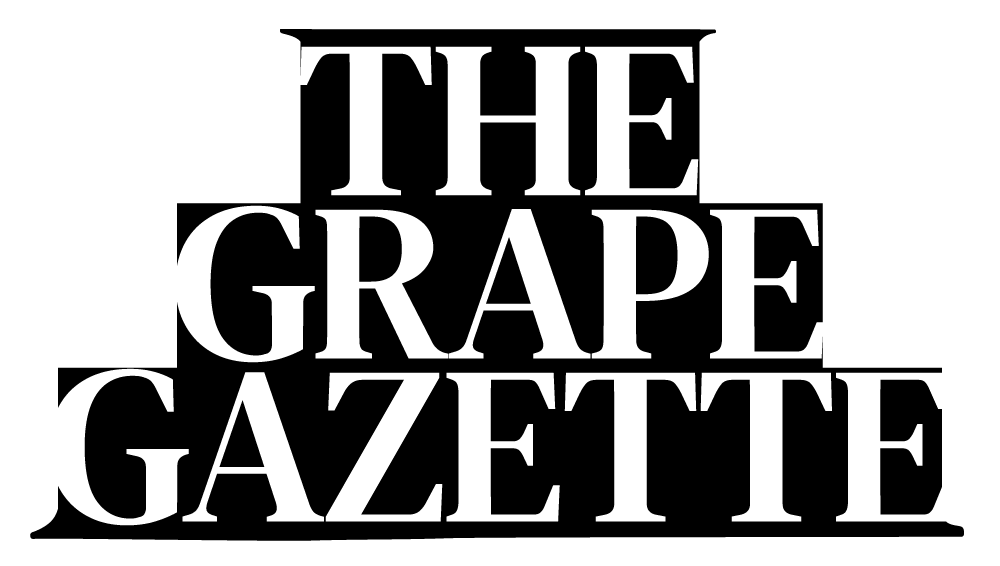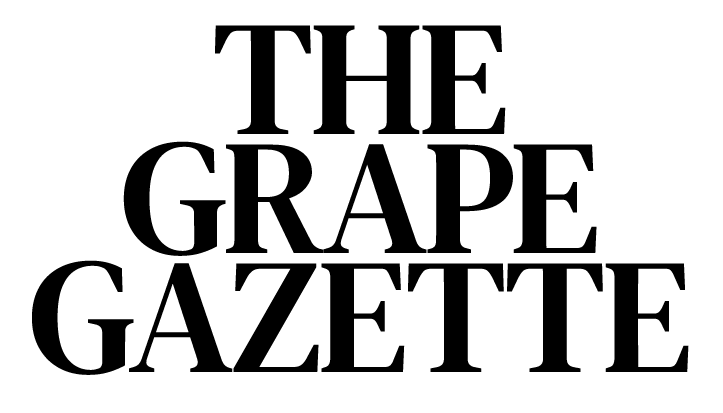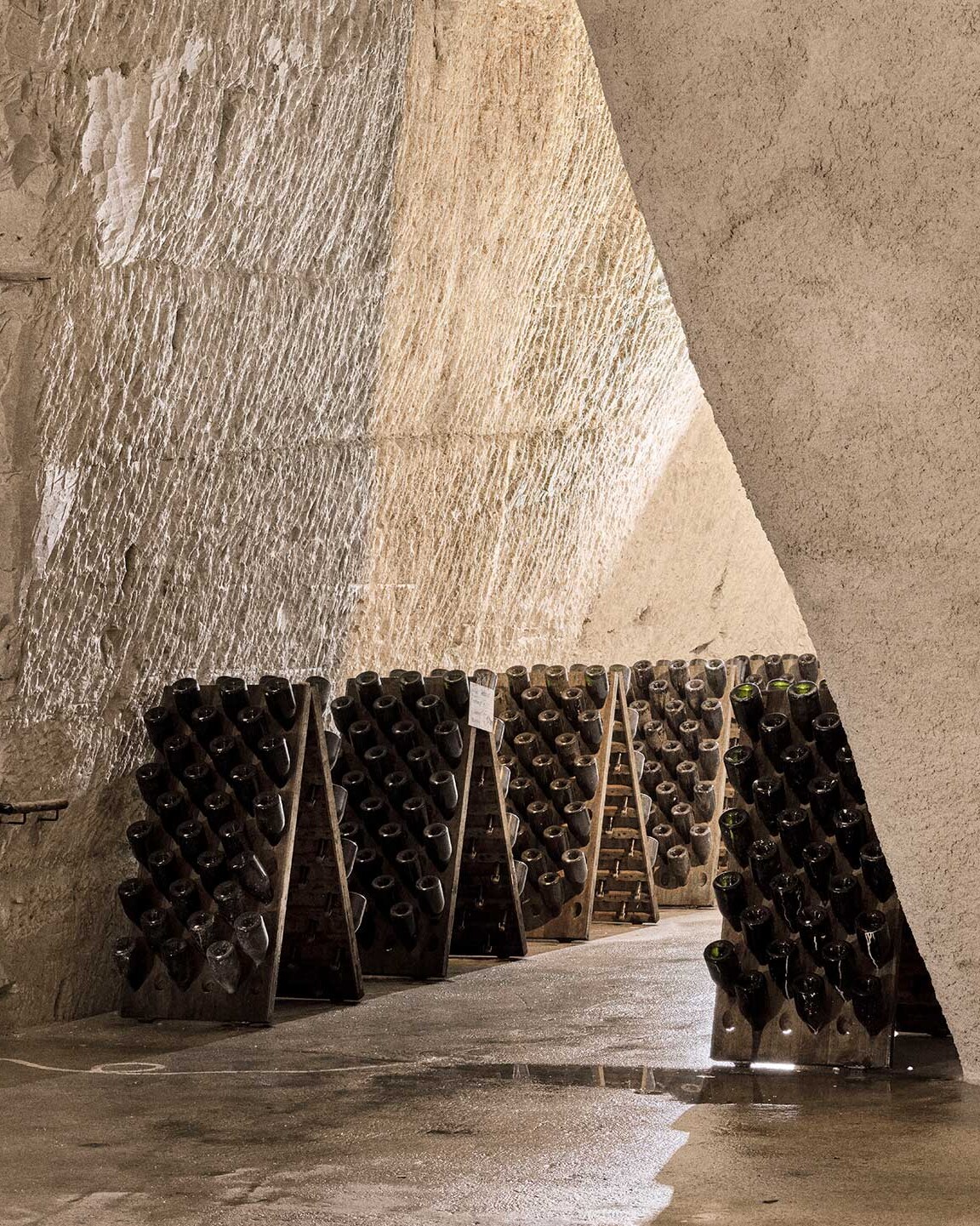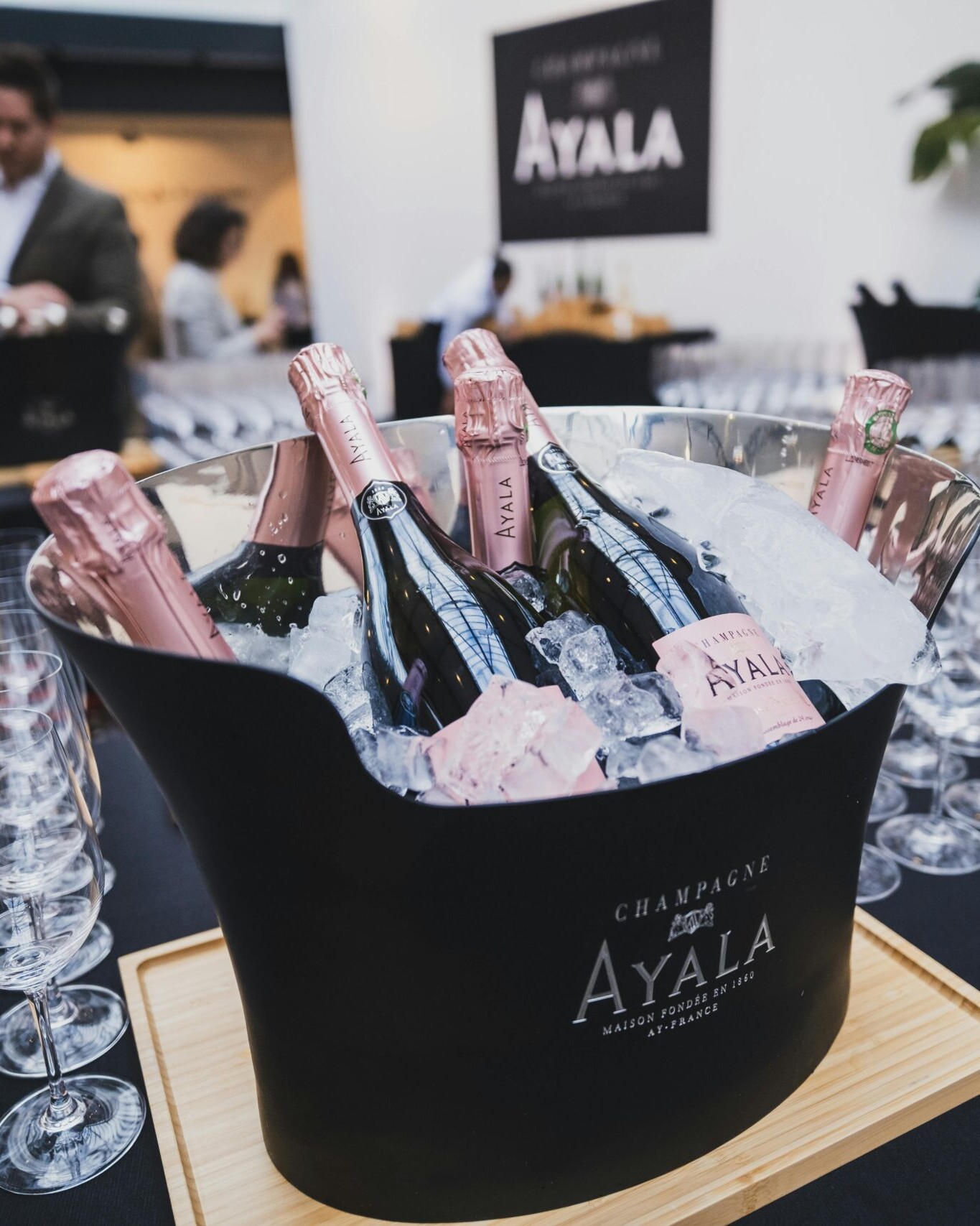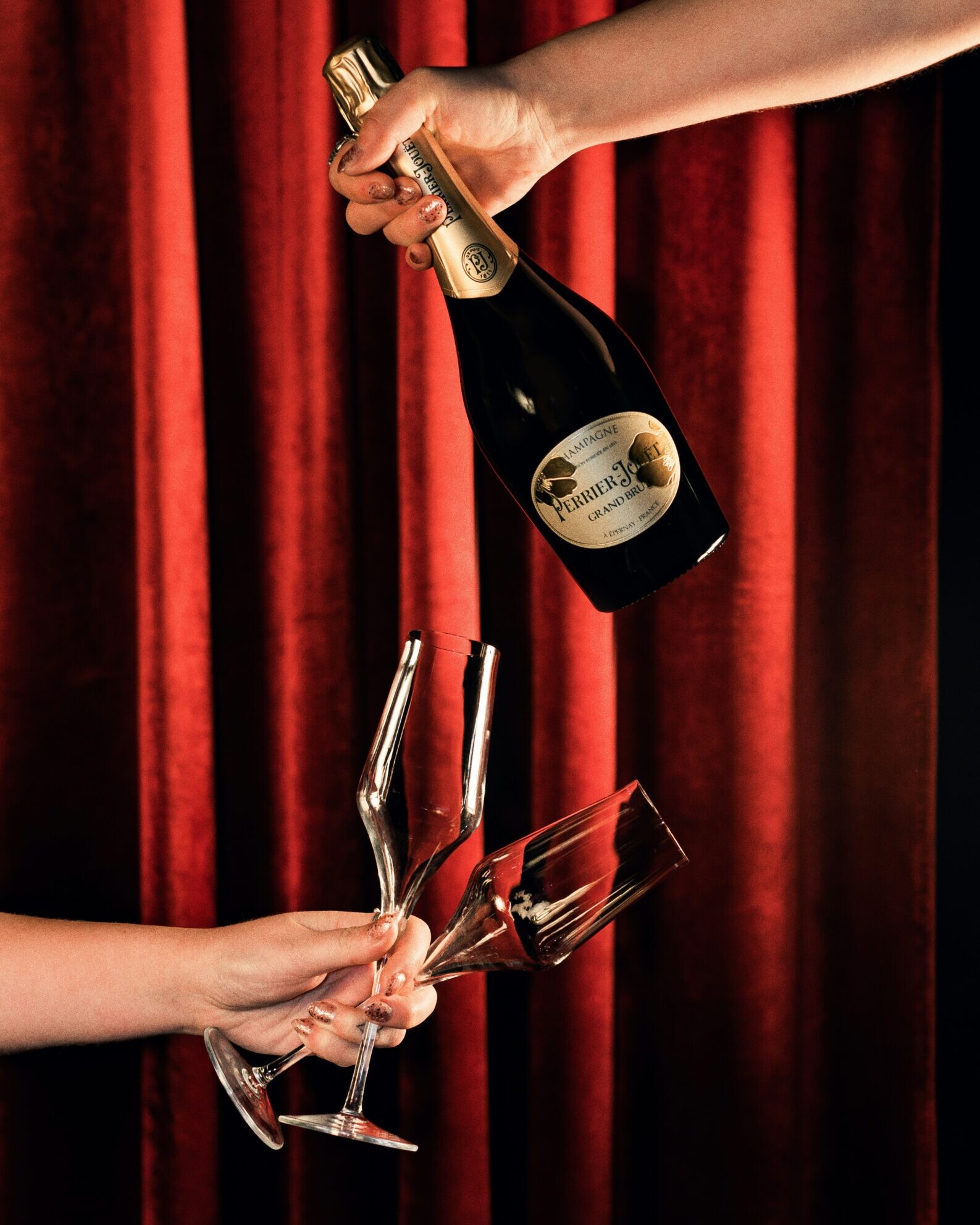Few figures in wine history command the same reverence as Madame Clicquot. Her name is synonymous with Champagne excellence, but her legacy is more than just fine bubbles. As a trailblazing entrepreneur and innovator, she transformed Veuve Clicquot from a struggling business into a global powerhouse. Let’s pop the cork on her extraordinary story.
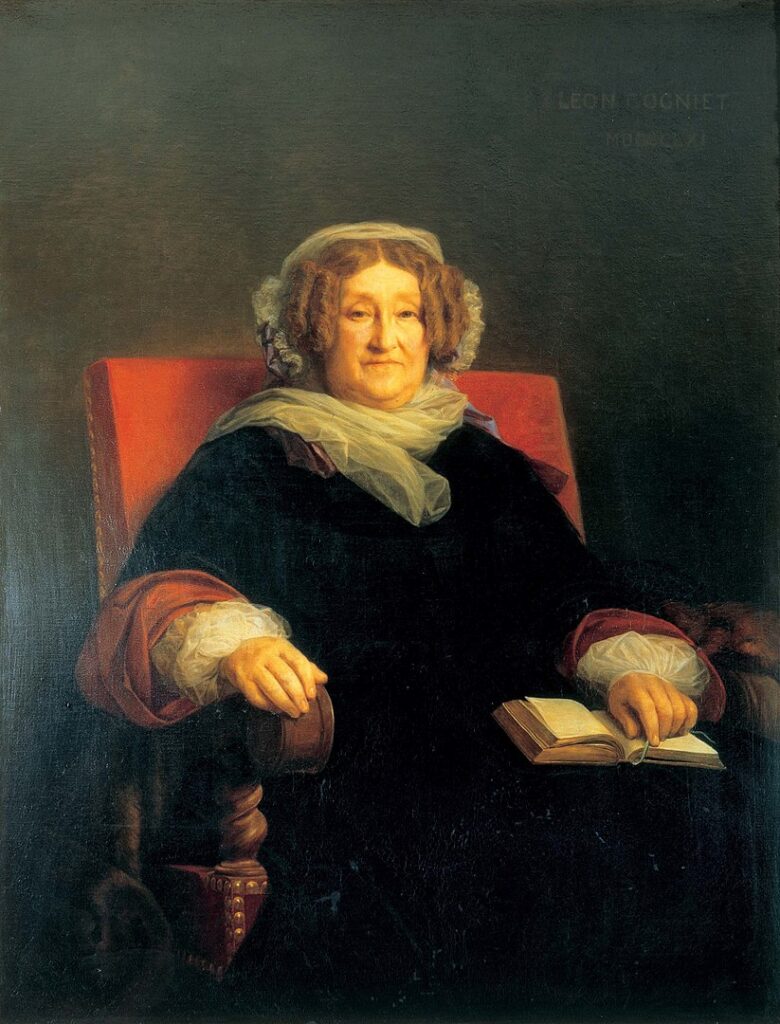
Madame Clicquot’s Early Life and the Birth of Veuve Clicquot
Born Barbe-Nicole Ponsardin in 1777, Madame Clicquot grew up in a wealthy family in Reims, France. Her marriage to François Clicquot connected her to the world of Champagne. But when François passed away in 1805, 27-year-old Barbe-Nicole became a widow—veuve in French—with a daunting choice: sell the struggling business or take the reins. Against societal norms, she chose to lead, becoming one of the first women to run a Champagne house.
The Riddling Process: Madame Clicquot’s Champagne Innovation
Madame Clicquot didn’t just manage the business; she revolutionised it. At the time, Champagne was often cloudy, thanks to leftover sediment from the second fermentation. Barbe-Nicole sought a solution and invented the riddling process.
This technique involved placing bottles at an angle and rotating them slightly each day, allowing sediment to settle in the neck. Once collected, the sediment was easily removed without losing the wine’s effervescence. This innovation not only improved Champagne’s clarity but also elevated its reputation as a luxury product.
Expanding Veuve Clicquot Globally
Her business acumen didn’t stop at production. Madame Clicquot had a sharp eye for opportunity, even during turbulent times. In the early 19th century, Europe was embroiled in the Napoleonic Wars, and trade routes were risky. But Barbe-Nicole seized the chance to export her Champagne, particularly to Russia.
In 1814, she defied blockades and shipped a massive order to Saint Petersburg. The gamble paid off—Russian nobility fell in love with her Champagne. Tsar Alexander I was reportedly a huge fan, and soon Veuve Clicquot became the toast of Europe’s elite.
Why Madame Clicquot’s Legacy Still Sparkles Today
Madame Clicquot passed away in 1866, but her influence endures. Veuve Clicquot remains one of the most prestigious Champagne houses in the world. Beyond her innovations and business success, she broke barriers for women in an industry—and an era—dominated by men.
Today, her legacy is honoured through initiatives like the Bold Woman Award, which recognises female entrepreneurs who embody her spirit. The house also continues to innovate, with modern creations like La Grande Dame, a cuvée named in her honour, showcasing the best Pinot Noir from Veuve Clicquot’s vineyards.
A Lasting Impression
Madame Clicquot wasn’t just a pioneer; she was a visionary who redefined what was possible in both wine and business. Her life is a testament to resilience, creativity, and the power of bold ideas. Next time you sip a glass of Veuve Clicquot, remember you’re toasting a legacy built on ambition, ingenuity, and a relentless pursuit of excellence.
Tasting Picks:

•Veuve Clicquot Brut Yellow Label: The house’s flagship, a perfect balance of richness and freshness.
•La Grande Dame 2012: A tribute to Madame Clicquot, showcasing the finesse of Pinot Noir.
•Veuve Clicquot Rosé: For when you want your bubbles with a bit of berry brightness.
